How Wider gamut make more beautiful picture?
The Sony TRIMASTER BVM-L Series employed RGB LED Backlight for there master grade 1 reference monitor. Lower one PVM all used WCG-CCFL. That's how extraordinary the RGB LED Backlight!!!
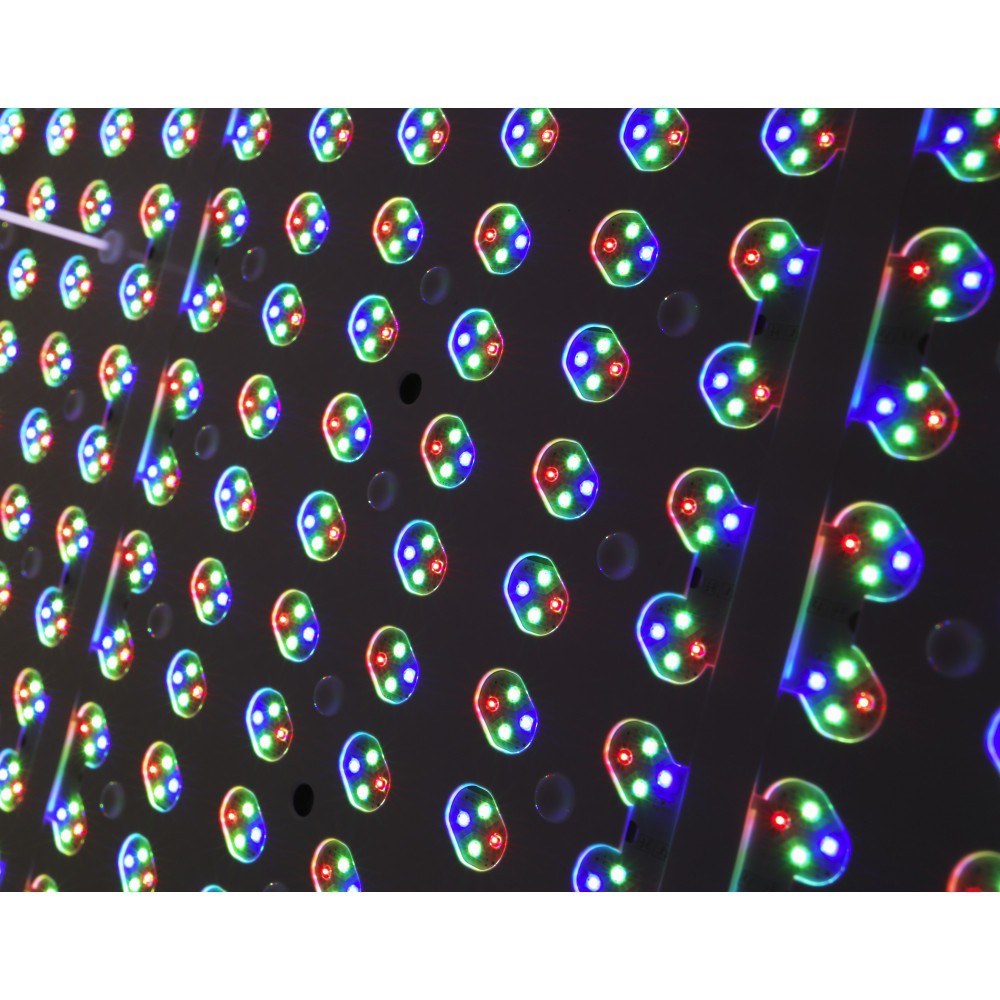
 I took of the BLU (Backlight Unit) from LCD Panel in this case is Samsung LTM240CS S-PVA which exhibit really deep black point due to it's contrast ratio.
I took of the BLU (Backlight Unit) from LCD Panel in this case is Samsung LTM240CS S-PVA which exhibit really deep black point due to it's contrast ratio.
It have 7 u-type CCFLs. Removed it and take care in case you want to go back.
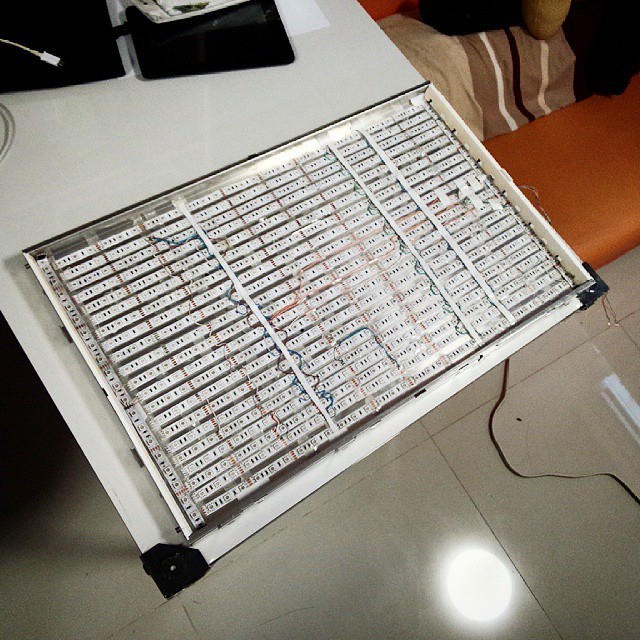
I placed several 5050 RGB LED Strips and connecting it in parallel. Distributed the power from several point of total LEDs to not put too much power load on copper conductor on PCB. Connect to Mosfet to drive it with PWM control on Arduino RGB code. Set white point with DSLR camera or Calibrator via adjusting on arduino. Power requirement is nearly 100w but trade-off to have pure color.
Here's how it achieve my goal.
I calibrated the RGB portion to match 6500K white point with my i1 colorimeter which have tool to test the white point.
Adjust the RGB portion from arduino with your own technique.
Drive it at more than 5000Hz because if too slow it will cause eye-strain.
Now, monitor can achieve stunning >120% of Color gamut from 110% of Dell 2408WFP. White is so pure that I can spot different in bias of white in the scene. Skintone and other tonality is more accurately represents.
Disadvantage :
- You have to calibrate after assembled the monitor and wait for at least 30 mins to stabilised the color of RGB LED especially Red LED which prone to shift when temperature get higher. Most RGB LED and GB-r backlight at present feature Color sensor which sense the primary color of backlight and adjusted on the fly to correct color temperature of backlight unit. If you have arduino code and method to achieve that please posting it to me.
- Panel gets warm on operation. Need some fan to blow it.
- Uniformity of panel is not good because of optic of LED it self. it required more deep BLU to diffused multi LED array to lit up panel Or Try to put more dense array configuration.
Here is sample which graded on DaVinci Resolve with this monitor. Warm tone on graded is my look I attend to it .
 Thomas Chanon Wangtrirat
Thomas Chanon Wangtrirat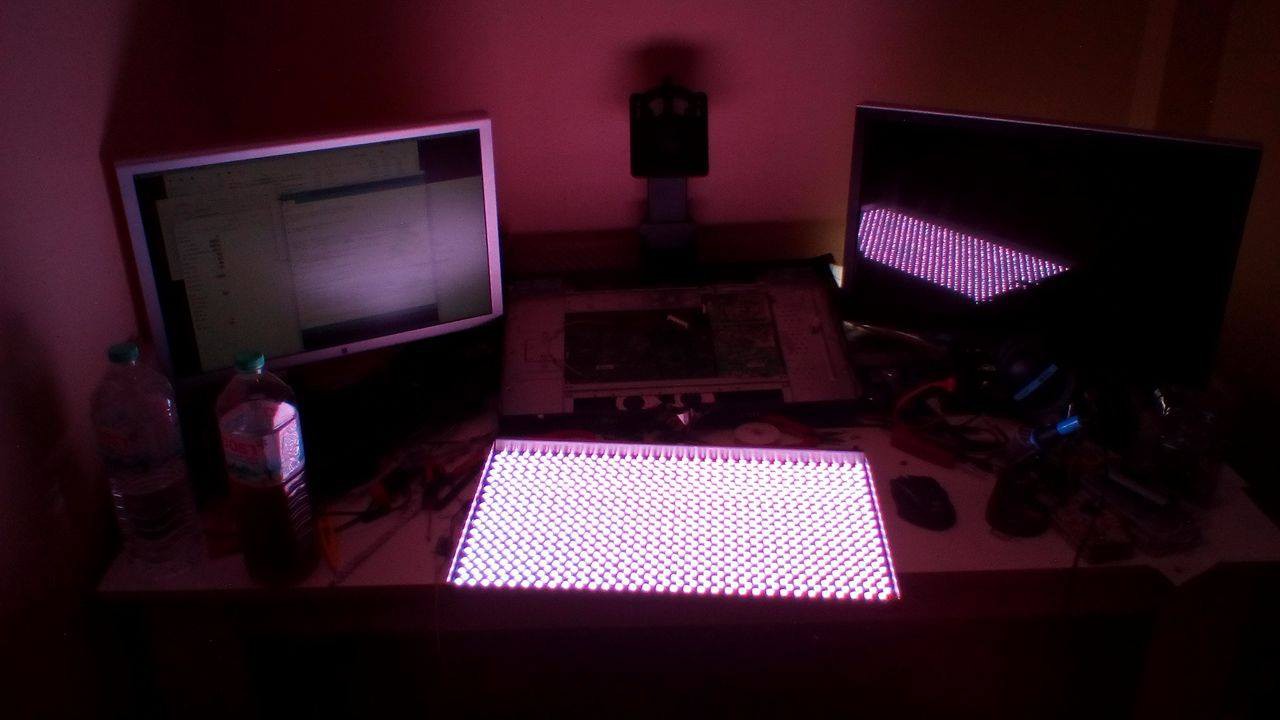
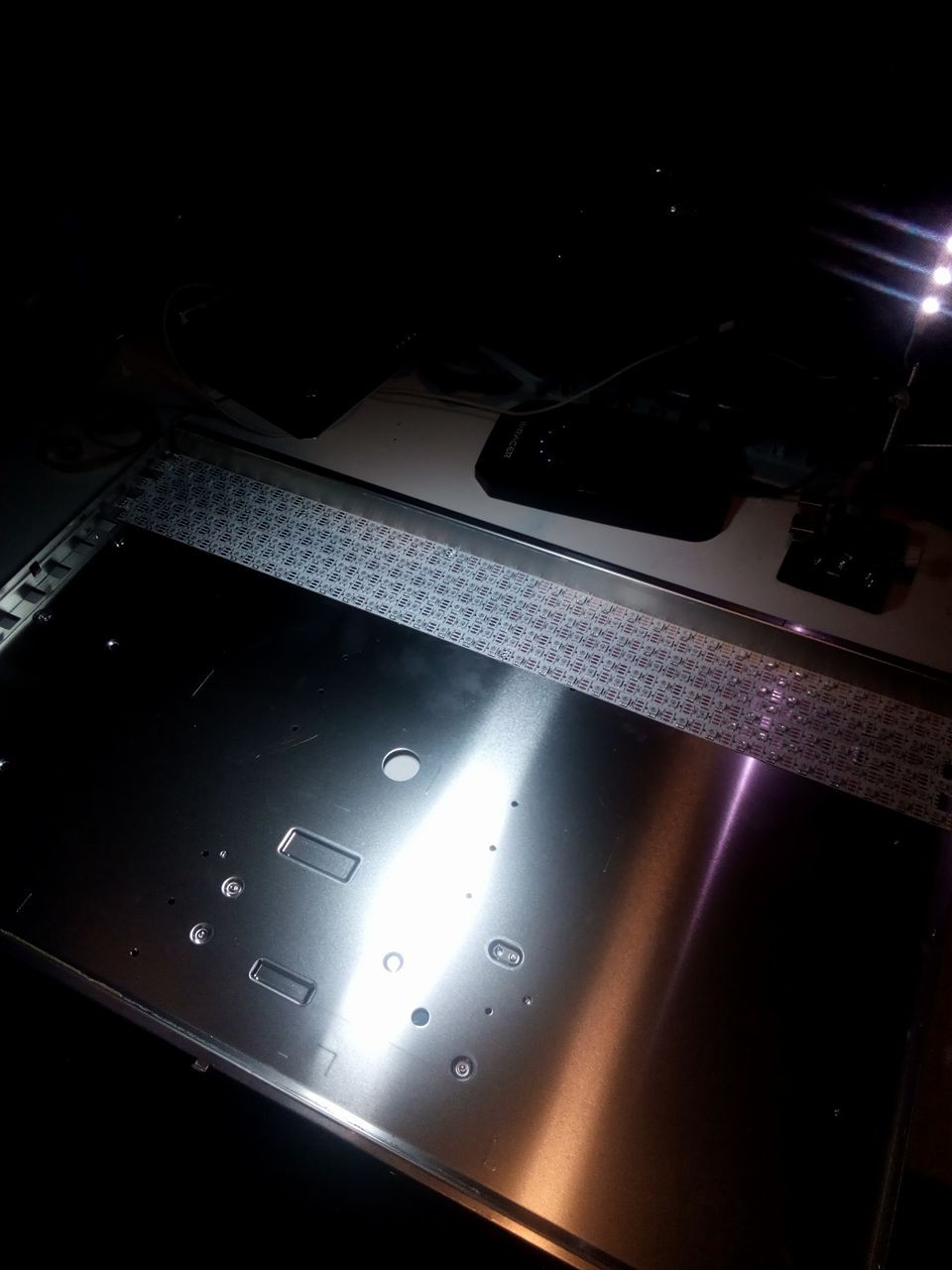



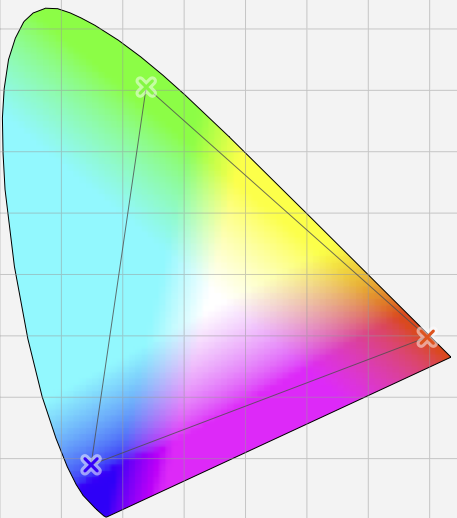
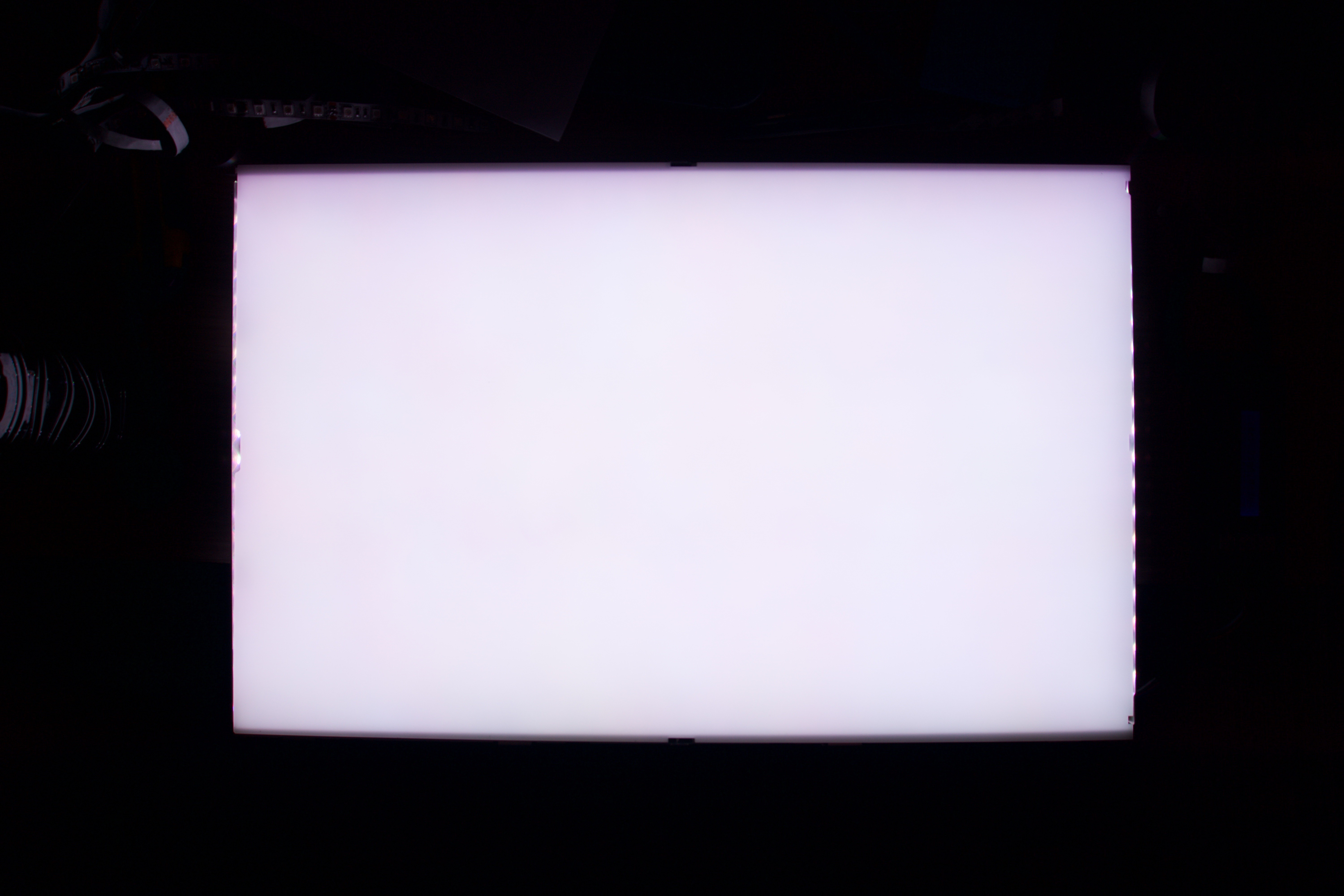






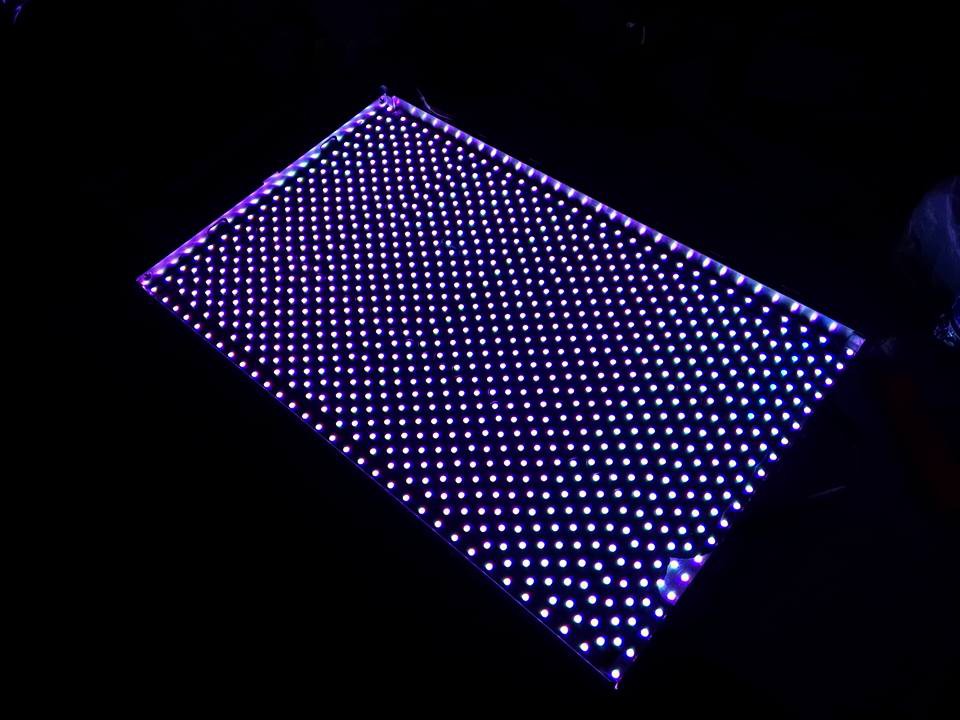
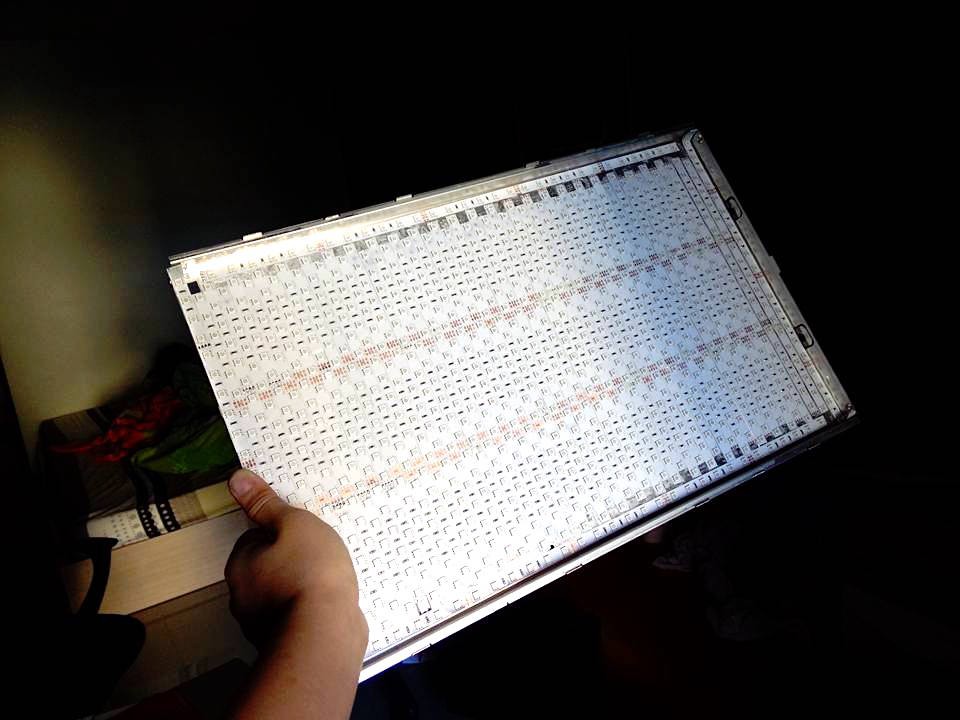


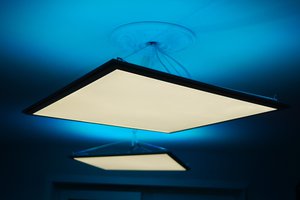
 Mikhail Svarichevsky
Mikhail Svarichevsky
 Est
Est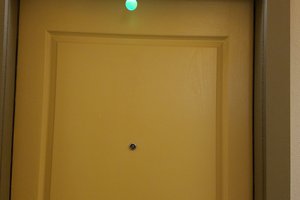
 Grayson Schlichting
Grayson Schlichting
http://www.osram-os.com/Graphics/XPic5/00102499_0.pdf/Color Stabilization of RGB LEDs in an LED Backlighting Example.pdf
This is interesting for Colour Stabilisation of RGB LED.